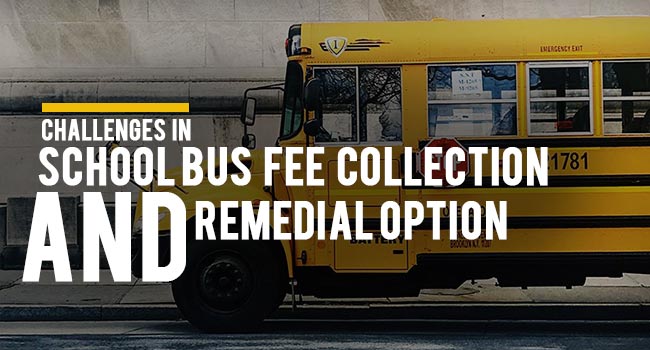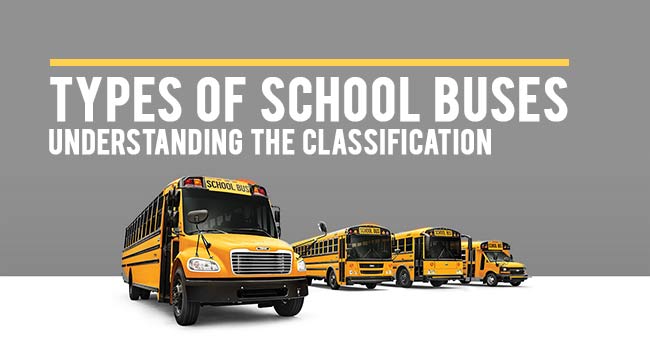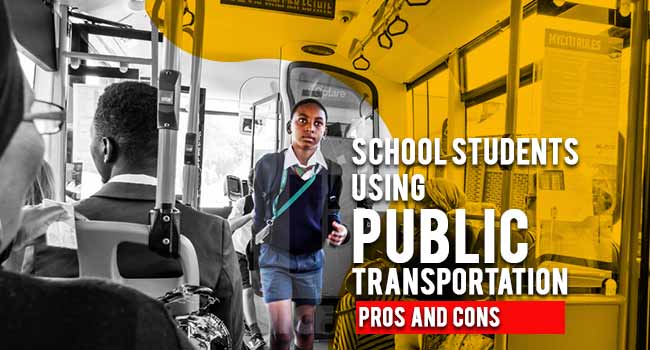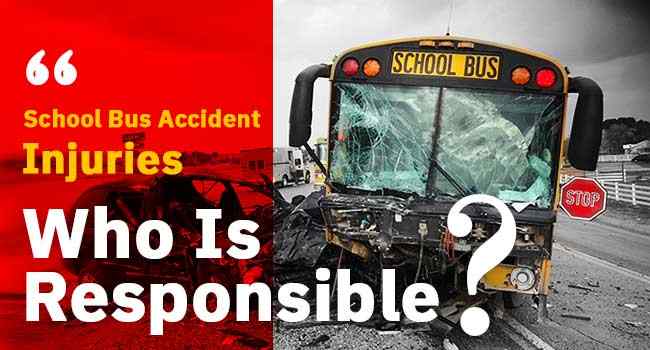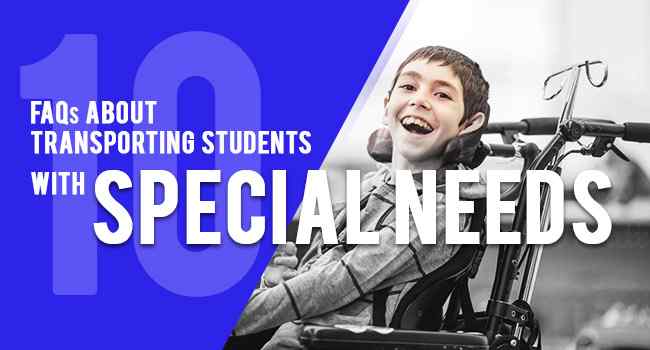Electric school buses are very helpful in promoting a student fraternity that is much healthier. Unlike the diesel counterparts, they do not pollute the air.
Diesel school buses release extremely harmful gases into the atmosphere through the exhaust. Additionally, electric school buses present an affordable option and school districts may be able to offset their initial investment because of the operational benefits provided by them over the longer term.
The revolution is definitely underway, but it is slower in becoming popular because of the myths associated with electric school buses. Here are the 7 common misconceptions about electric school buses.
Read Also : How Electric School Buses Can Save Millions for School Districts
1. Electric Buses Are Expensive
Electric buses cost more than vehicles that run on conventional fuels. However, if you consider the total cost of owning an electric vehicle, they will be cheaper in the long run.
The main reason for higher costs is the batteries. The battery costs are plummeting and sooner than expected they will be cheaper than conventional fuel vehicles.
Further, the affordability of the electric bus improves as production increases due to demand. The economy of scale is what will bring down costs.
In the UK, a one-time premium is provided for buyers of electric vehicles. In the US, tax credits are extended to electric vehicle owners. Many states also offer additional subsidies. All these contribute to making electric vehicles more affordable.
2. Takes Long to Charge the Battery
The electric vehicle technology is improving continuously. The time required to charge is continuing to fall rapidly. Now, it has come down to a range of 6 to 10 hours. Ideally, batteries can be charged overnight. Batteries that are not fully depleted get charged much faster.
DC fast charging stations will be of great help for electric vehicles that need to be topped up on the go. They can be charged to their 80 percent capacity level in just about 20 minutes.
The number of fast charging public stations is on the rise. Tesla has also come out with superchargers which have the ability to increase the range between charges.
3. Power and Efficiency of Electric Vehicles Are Less
This is one of the most common misconceptions about electric vehicles. It is commonly believed that they are less efficient compared to internal combustion engines.
According to experts, electric vehicles convert nearly 59 to 62 percent of the electrical energy drawn from the grid into power at the vehicle’s wheels.
This is because the efficiency of an electric motor which ranges between 85 and 90 percent and 80 percent when the energy required recharging is taken into account. On the other hand, conventional fuel vehicles convert just about 17 to 21 percent of the energy that is stored in the fuel.
The efficiency of internal combustion engines is limited by the thermodynamic effect.
Moreover, electric motors make use of fixed-ratio gearboxes and do not have a clutch. Many electric vehicles come with motors that offer high acceleration compared to those that use fossil fuels.
It is also possible to use a “direct motor-to-wheel configuration” for electric vehicles and this helps to increase the available power. As electric vehicles are not fitted with a differential, an axle, or a transmission, their drive-train inertia is lower.
4. Driving Range of Electric Buses Is Less
The driving range of electric school buses is measured on the basis of the distance covered by them until their battery reaches the zero-charge state.
Typically, an electric bus covers 96 miles per day. If school districts want to increase the range, it can be achieved by adding another battery pack. This enables the driving range to be increased and ensure a safe, quiet, and emission-free ride to and from school for students.
According to the American School Bus Council, a conventional fuel school bus travels a distance of 12,000 miles, on average, in a year.
Assuming 190 school working days in a year, a school bus has to cover a distance of 63 miles in a day. This means that the driving range of an electric school bus is more than sufficient to fulfill the daily driving needs.
Read Also : 12 Common Questions on Electric School Buses
5. Operating Costs of Electric School Buses Are High
The best aspect about an electric bus is that it enables the users to save some money. One of the key benefits is the need to use fossil fuel is eliminated.
Further, electric vehicles do not require oil changes. Other maintenance costs associated with fossil fuel-powered school buses are also eliminated.
The maintenance costs of electric vehicles are expected to fall further over the next few years because of technological improvements.
Studies show that substantial savings in operating costs can be achieved by changing over to an electric school bus fleet.
Electric buses provide a whopping 82 percent reduction in fuel costs and a massive 75 percent decrease in maintenance costs per year.
In spite of the fact that the electric school buses cost at least double that of diesel-run buses, school districts can hope to save as much as $2,000 and $4,400 on fuel and maintenance costs, respectively, in a year.
6. The Batteries of Electric Vehicles Are Not Good
The evolution of the batteries is taking place at a very fast pace. It is generally believed that the batteries of electric vehicles have the same lifespan as car batteries.
However, new research shows that the lifespan of the batteries of electric vehicles is significantly longer. It is because of this reason that many manufacturers are offering up to 10 years warranty for electric vehicle batteries.
According to modest estimates, the effectiveness of the electric vehicle battery reduces only by about 15 to 25 percent. Electric-powered school buses are provided with a battery of 160 kWh rating.
It takes a charging time of eight hours. However, the fact that the battery receives 19.2 kW of charge when it runs for an hour has to be taken into account.
7. Electric Vehicles Are Not More Beneficial To the Environment
One of the biggest contributors to environmental pollution is the transportation sector. Replacing vehicles that use fossil fuel with electric vehicles can significantly reduce the greenhouse effect.
On the basis of source of electricity, the plans of the state or community to shift to renewable sources of energy, and the type of vehicle, the production of carbon dioxide from powering an electric vehicle from the grid is less than that produced when using conventional fuels to power vehicles. Charging of an electric vehicle from a renewable energy source produces nearly zero emissions.
In addition to the environmental benefits, a reduction in the use of conventional vehicles helps to improve the quality of air in urban areas and reduces traffic noise.
Final Thoughts
We hope that most of the misconceptions about electric vehicles have been clarified through this post. As can be seen from the above, changing over to operating an electric school bus fleet provides a lot of benefits to all concerned.


